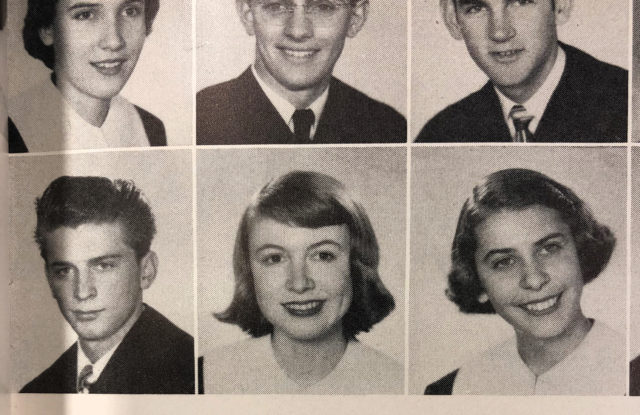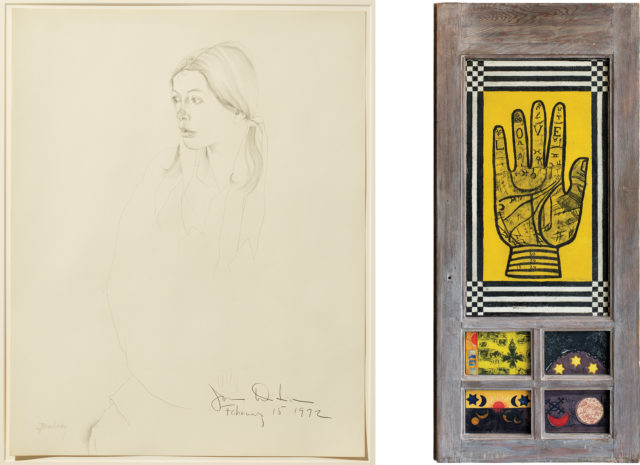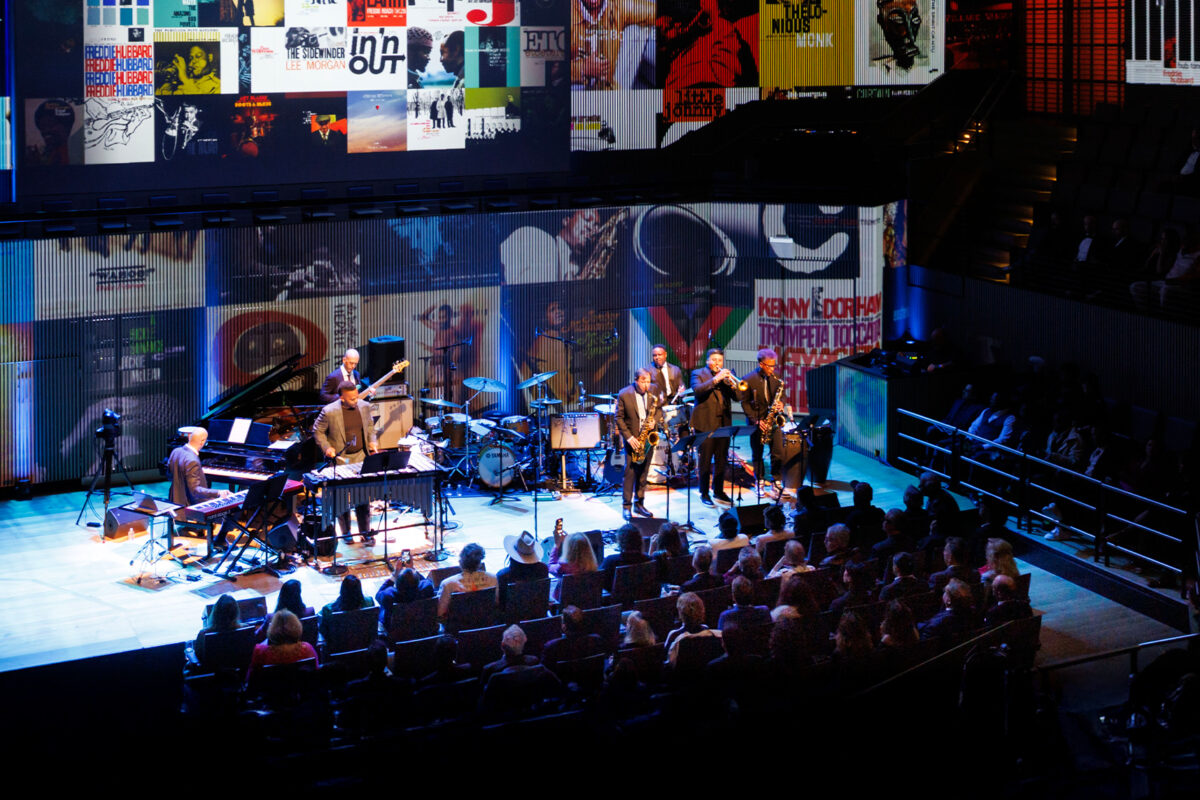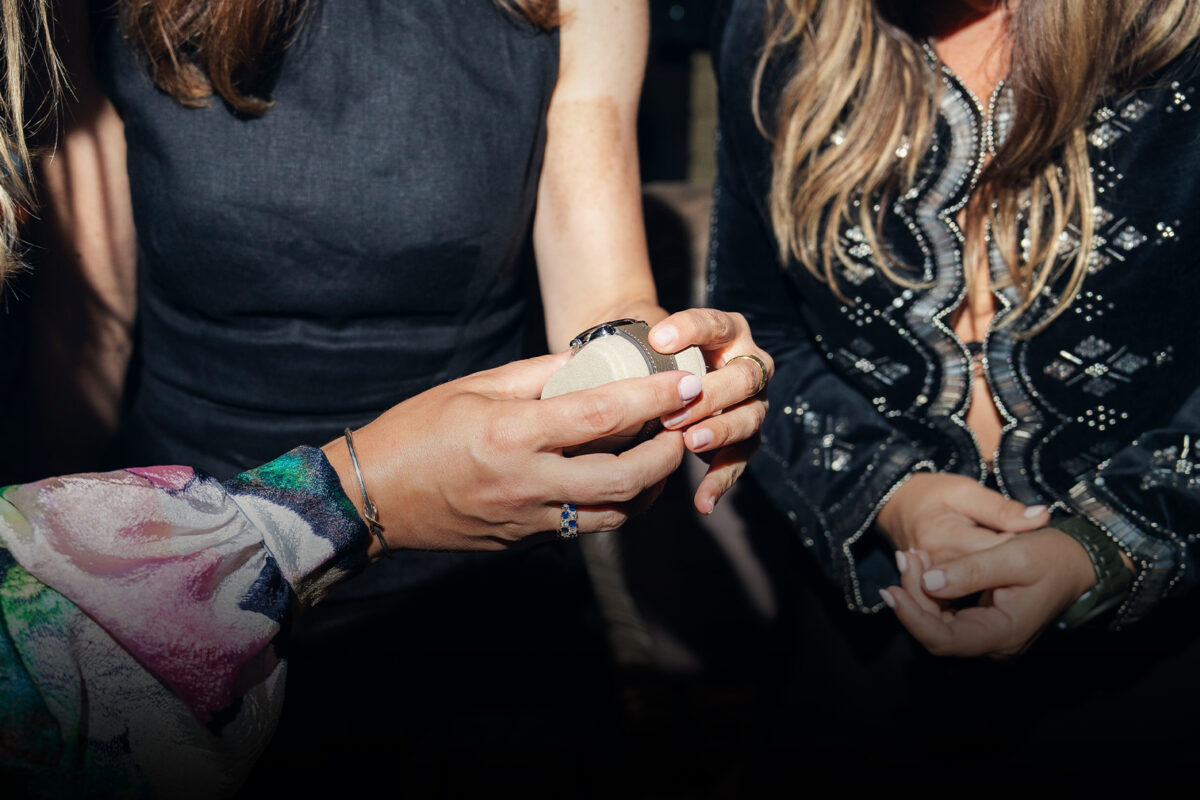A new exhibition celebrates the late writer through visual art
Words by ELIZABETH VARNELL
JOAN DIDION in the 1952 McClatchy High School yearbook. Photo courtesy of Kathryn Didion.
The writer Joan Didion’s observations conjure a specific, often searing picture of a place and its mood, be it San Francisco’s Haight-Ashbury, the Santa Anas of Southern California or Manhattan’s Central Park. “We tell ourselves stories in order to live,” she wrote in the opening of her 1979 book of essays, The White Album. Now, writer and Pulitzer Prize-winning critic Hilton Als is weaving together a visual portrait of her singular life in Joan Didion: What She Means (Oct. 11 through Jan. 22) at the Hammer Museum, in collaboration with the institution’s chief curator, Connie Butler. Following Als’ exhibitions on James Baldwin and Toni Morrison, which Butler says “narrate the life of another writer through visual art,” his latest show includes works from around 50 artists, including Ed Ruscha and Betye Saar. The disparate pieces function as visual corollaries to Didion’s work.
Accompanied by a catalog with three little-known essays of hers, the exhibition includes a trove of personal ephemera. “The radicalism of Didion’s vision has to do with not only not looking away but describing what others cannot see or won’t,” says Als, who had an ongoing dialog with Didion until her death in 2021. The exhibition he’s created uses a framework of four chapters to follow the geography of Didion’s life: Holy Water: Sacramento-Berkley 1934-56, Goodbye to All That: New York 1956-63, The White Album: California 1964-88 and Sentimental Journeys: New York-Miami-Honolulu-San Salvador, 1988-2021. The first section includes a desert drawing by Vija Celmins, a watery abstraction by Pat Steir and a sculpture titled The River by Maren Hassinger. “Als captures something about the dryness of the land with the watery presence of the Sacramento River which Didion wrote about,” Butler says. One wonders how Didion, who once produced photo captions for Vogue, might now describe these particularly prescient images. 10899 Wilshire Blvd., L.A., 310-443-7000; hammer.ucla.edu.
From left: A sketch of Didion by Don Bachardy. Photo courtesy Collection of Hilton Als. View from the Palmist Window, 1966, by Betye Saar. Photo courtesy of the artist and Roberts Projects, Los Angeles.
Feature image: From the forthcoming book Joan Didion: What She Means published by DelMonico Books and the Hammer Museum. Photo courtesy of Kathryn Didion
A version of this story originally appeared in the Fall 2022 issue of C Magazine.
Discover more CULTURE news.





